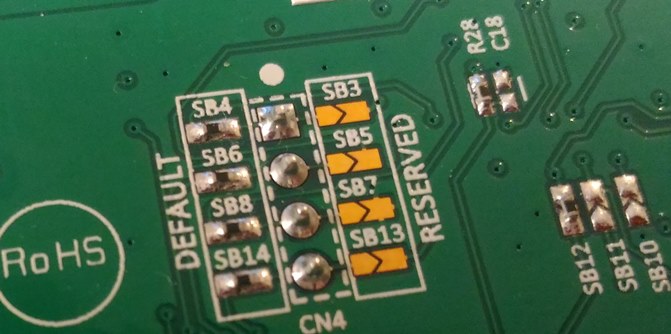I came across solder bridge in the schematics for STM32F4 Disocvery board and I don't think I fully understand the design here. For example in schematics they have a lot of solder bridge symbols like this(SB18, SB19 and SB20):

But for example R56 is just 0 ohm jumper resistor.
On the board solder bridges are either not connected or have component(0 ohm resistor?).
My original idea was that solder bridge means that for different revisions they can leave it unconnected, but this idea is probably wrong since there are a lot of R## resistor footprints without component meaning that they could have simply use 0R symbol instead of SB. The question is - why use SB symbol instead of 0 Ohm resistor and why use 0 Ohm resistor in SB locations instead of you know... solder bridge? And if it is not 0 Ohm resistor as I guess - what is it? There is no markings and I don't want to desolder it from board.
Or even better question - why not just have a traces? Especially for example in 8MHz crystal connection to uC pins(like on example above), why not just connect it with copper?


